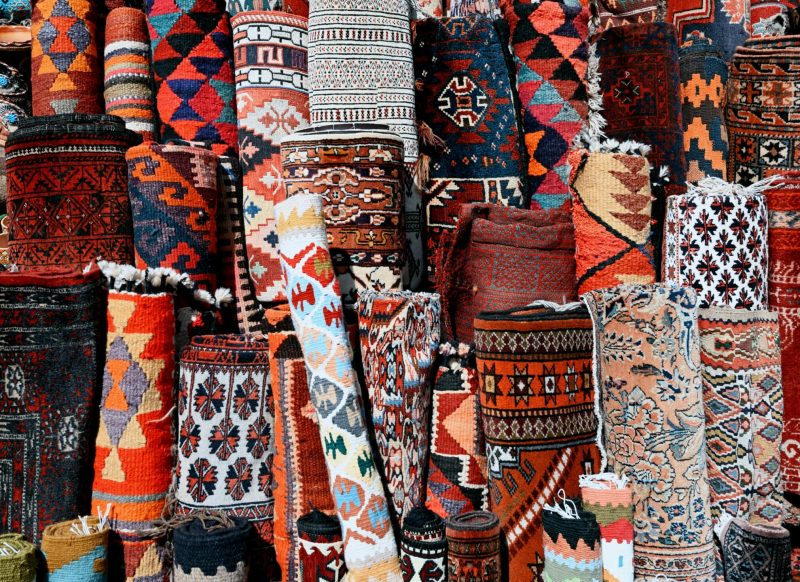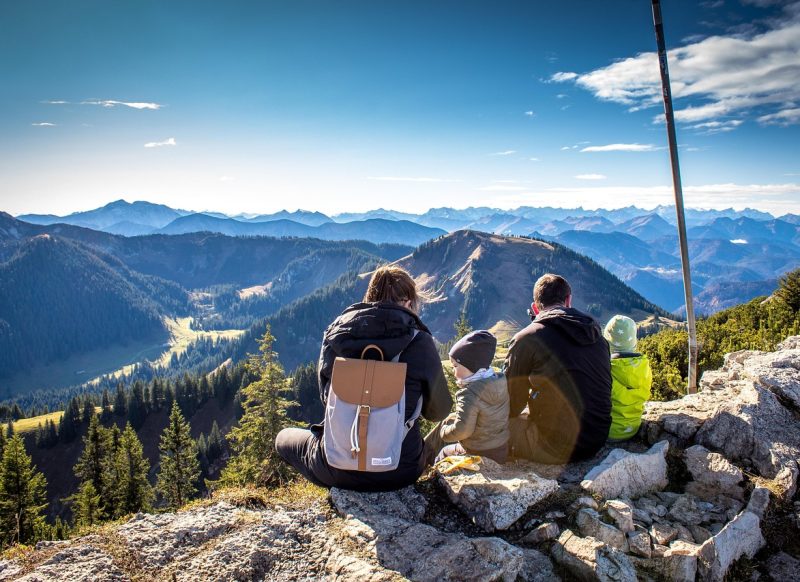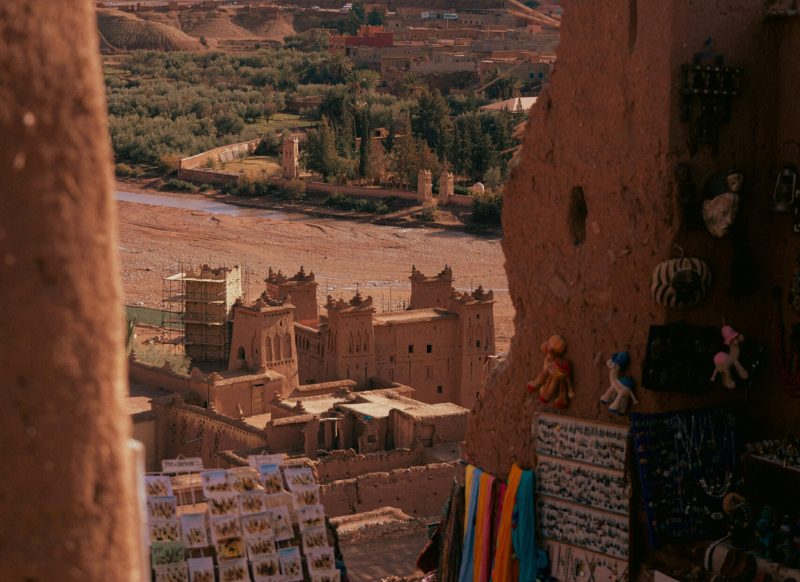What to Wear in Morocco: Your Friend's Guide to Not Looking Like a Tourist (While Actually Being One)
Okay, let’s be real – “what to wear in Morocco?” is probably the first thing you googled after booking your flight, right? I get it! Morocco can feel like this mysterious, exotic place where you’re not sure if you’ll offend someone by showing your ankles or melt into a puddle because you packed all the wrong clothes.
Here’s the deal: Morocco doesn’t have fashion police checking your outfit at the airport, but trust me, dressing thoughtfully will make your trip SO much better. You’ll be more comfortable, get way friendlier interactions from locals, and honestly, you’ll just feel more confident wandering around those incredible medinas.
Morocco’s got everything from beach towns to snow-capped mountains to literal sand dunes, so yeah, packing can feel overwhelming. But don’t worry – I’ve got your back with all the insider tips you need to nail your Morocco wardrobe.
Discover more about Morocco in our comprehensive travel guide
The Seasonal Breakdown (AKA When to Pack What)
Spring (March-May) is honestly perfect. Think sunny 70°F days in Marrakech but then – plot twist – it drops to the 50s at night. The coast is a bit cooler, hanging around the 60s during the day. It’s that annoying time when you’re peeling off layers at noon and hunting for a sweater by sunset.
Summer (June-August) is when Morocco shows its true colors. Inland and desert areas? We’re talking 100°F+ (yep, that hot). The coast is your friend here, staying more reasonable around 64-82°F. This is definitely when figuring out what to wear in morocco becomes a survival skill!
Fall (September-November) is spring’s equally awesome twin. Perfect exploring weather, though you’ll still get those temperature mood swings throughout the day.
Winter (December-February) is the season that surprises everyone. Sure, it’s not Minnesota cold, but those mountain areas can actually freeze, and even Marrakech gets pretty chilly at night. Knowing what to wear in morocco in winter isn’t just about comfort – it’s about not being that tourist shivering in a t-shirt.
Pro tip: Whatever season you’re visiting, layers are your best friend. Morocco’s weather has commitment issues.
The Golden Rules of Not Looking Ridiculous
Rule #1: Cover Up (But Make It Comfortable)
Look, modesty isn’t just about following rules – it’s actually super practical. Covering your shoulders, chest, and legs (think knee-length or longer) isn’t just culturally respectful, it’ll save you from sunburn AND unwanted attention. Win-win-win.
For women especially, this is huge. I’m not trying to scare you, but dressing modestly, particularly when thinking about what to wear in morocco as a woman, really does make a difference in how comfortable you’ll feel walking around. Plus, loose, flowy clothes are actually way cooler in the heat than tight stuff anyway.
Look, modesty isn’t just about following rules – it’s actually super practical. Covering your shoulders, chest, and legs (think knee-length or longer) isn’t just culturally respectful, it’ll save you from sunburn AND unwanted attention. Win-win-win.
For women especially, this is huge. I’m not trying to scare you, but dressing modestly, particularly when thinking about what to wear in morocco as a woman, really does make a difference in how comfortable you’ll feel walking around. Plus, loose, flowy clothes are actually way cooler in the heat than tight stuff anyway.
Rule #2: Fabric Matters More Than You Think
Cotton, linen, and rayon are your holy trinity here. These fabrics actually breathe (unlike that cute polyester top that’ll turn you into a walking sauna). Natural fabrics are going to keep you comfortable when it’s hot and layer well when it’s not.
Rule #3: Your Feet Will Thank You Later
You’re going to walk. A lot. On cobblestones, in sand, up stairs, down alleys – basically everywhere except smooth sidewalks. Comfortable shoes aren’t optional, they’re survival gear.
Rule #4: What NOT to Wear (Learn From Other People’s Mistakes)
Skip the short shorts, tank tops, crop tops, and anything see-through. I know, I know – but trust me on this one. Also, leave the designer everything at home unless you want to be a walking target sign. And please, for the love of all that’s holy, no ripped jeans. Moroccans are usually pretty well-dressed, and showing up looking like you just rolled out of bed isn’t a great look.
Oh, and topless sunbathing? Yeah, that’s actually illegal. Just in case you were wondering.
Girl's Guide vs. Guy's Guide
Ladies, Here’s What Works
Maxi dresses and midi skirts are your new best friends – especially the flowy, loose-fitting ones. You’ll look effortlessly stylish while staying cool and covered. Wide-leg pants or those comfy harem pants? Chef’s kiss – perfect for Morocco.
For tops, think tunic-style or anything that covers your shoulders. And here’s a game-changer: pack a lightweight scarf or shawl. Seriously, this one item will solve so many problems – covering up for mosques, extra warmth, sun protection, or just feeling more put-together.
Don’t forget a cover-up for pools and beaches. You can totally wear your bikini at your riad or hotel, but you’ll want something to throw on when you’re not poolside.
Guys, Keep It Simple
Long pants are your go-to. Yeah, it might seem hot, but trust me, you’ll be more comfortable than you think. Those convertible hiking pants are actually pretty genius for Morocco – pants when you need them, shorts when it’s appropriate.
Collared shirts or long sleeves work great, but skip the tank tops, especially outside the big cities. And if you’re hitting up any mosques (which you should – they’re incredible), make sure everything’s covered.
Also, maybe leave the Rolex at home? Just saying.
Shoes: Your Moroccan Adventure’s Foundation
Comfortable walking shoes are non-negotiable. I’m talking broken-in sneakers or good walking shoes that can handle cobblestones without making you miserable.
Flat sandals with actual support are great for warmer days, and if you’re doing any desert or mountain stuff, proper hiking boots are worth their weight in gold.
Here’s a pro tip: bring shoes that slip off easily. You’ll be taking them off at mosques, and fumbling with complicated laces while everyone waits is not fun.
Flip-flops are fine for the hammam or pool, but don’t try to explore Fez in them. Your feet will stage a revolt.
Packing for Different Vibes
Big Cities (Marrakech, Fez, Casablanca)
Cities are a bit more relaxed, but “more relaxed” doesn’t mean anything goes. You can probably get away with a t-shirt in Marrakech, but covering up is still the smart move. Even in cities, tight clothes can attract the wrong kind of attention.
Small Towns and Rural Areas
This is where you really want to be conservative. Places like Chefchaouen are absolutely gorgeous, but they’re also more traditional. Cover those shoulders and knees, and you’ll have a much better time.
Desert Adventures
The desert is a whole different game. During the day, you want loose, light-colored clothes and something to cover your face from sand and sun. But here’s what nobody tells you – desert nights are COLD. Like, really cold. Pack warm layers, because shivering under the stars isn’t romantic, it’s just miserable.
Beach Towns
Coastal spots like Essaouira can be pretty chill, and some places like Taghazout are surf towns where the vibe is more relaxed. But even here, save the swimwear for the actual beach.
Mosques and Religious Sites
This is serious business. Arms, legs, and hair (for women) need to be covered. No exceptions. And you’ll need to take your shoes off, so slip-on shoes are your friend.
The Stuff You Didn't Think to Pack (But Totally Should)
Bags That Actually Work
Forget wheeled suitcases – Morocco’s streets will eat those wheels alive. A good backpack or soft bag is way more practical. And get yourself a money belt or one of those cross-body bags that zips. Pickpockets are real, especially in crowded markets.
Sun Protection (It’s Intense)
High SPF sunscreen is not optional. The sun in Morocco doesn’t mess around. Sunglasses and a hat with a real brim will save your life, especially in the desert.
Random But Essential Stuff
Hand sanitizer, because you’ll be eating with your hands a lot (it’s part of the experience!). Tissues, because public bathrooms are… an adventure. A water filter bottle if you’re going off the beaten path. And a basic first aid kit, because better safe than sorry.
Bug spray is actually important if you’re hitting coastal areas in summer. And earplugs – because those calls to prayer start early, and Moroccan streets are lively!
The Real Talk About Cultural Respect
Here’s the thing – dressing modestly in Morocco isn’t just about rules, it’s about showing that you care about the place you’re visiting. When you make an effort to dress appropriately, locals notice, and it genuinely makes interactions warmer and more genuine.
You’ll see Moroccan women wearing everything from traditional caftans to jeans and nice tops. The common thread? They’re usually pretty covered up and well put-together.
Should you buy traditional Moroccan clothes to blend in? Honestly, don’t worry about it. Most locals don’t wear traditional gear every day, so you’re not fooling anyone. Just dress respectfully and you’ll be fine.
Bottom Line: Pack Smart, Have Fun!
Look, figuring out what to wear in Morocco doesn’t have to be stressful. The secret sauce is just balancing comfort, practicality, and respect for local culture. Do that, and you’re golden.
Check the weather before you go (because I’m giving you general advice, not a crystal ball), pack layers for those temperature swings, and remember that being slightly overdressed is way better than being underdressed.
Regional Variations:
- Coastal cities(Casablanca, Rabat): Moderated by Atlantic Ocean, milder temperatures
- Interior cities(Marrakech, Fez): Hotter summers, cooler winters, greater temperature swings
- Mountain regions:Cooler year-round, snow in winter at higher elevations
- Desert regions:Extreme temperature variations between day and night
Current sunshine hours are excellent, with about 11 hours of bright sunshine daily in major cities like Marrakech, making it ideal for outdoor activities despite the heat.
Pack smart for every season and region. From Atlantic coasts to Sahara heat, this monthly guide ensures you're comfortable and culturally prepared for Morocco's diverse climate year-round.
Planning your Morocco trip?
Seasonal Overview:
- Summer (June-August): Hot and dry, especially inland. Coastal areas are moderated by ocean breezes
- Winter (December-February): Mild temperatures, more rainfall, snow possible in mountains
- Spring/Fall: Pleasant temperatures, ideal for travel
Regional Variations:
- Coastal cities (Casablanca, Rabat): Moderated by Atlantic Ocean, milder temperatures
- Interior cities (Marrakech, Fez): Hotter summers, cooler winters, greater temperature swings
- Mountain regions: Cooler year-round, snow in winter at higher elevations
- Desert regions: Extreme temperature variations between day and night
Current sunshine hours are excellent, with about 11 hours of bright sunshine daily in major cities like Marrakech, making it ideal for outdoor activities despite the heat.
Temperature in morocco in june Weather (2025): June is summer in Morocco with higher temperatures across the country and negligible rainfall, In Marrakech, daytime temperatures reach around 31°C (88°F) with high heat and humidity, dropping to 16°C (61°F) at night, In Rabat, temperatures average 74°F (23°C) with highs of 79°F (26°F) and lows of 68°F (20°C).
General Climate Patterns: Morocco has a diverse climate due to its geography. The country experiences a Mediterranean climate along the coast, semi-arid conditions in the interior, and desert climate in the south. The Atlas Mountains create significant weather variations between regions.
Currently, the weather is mostly dry and warm, with temperatures reaching highs of around 35°C during the day and cooling to lows of about 19°C at night.
The Atlantic breeze typically keeps winds light, providing pleasant conditions for outdoor activities.
Summer months bring warm, sunny weather perfect for exploring the city’s famous landmarks like the Hassan II Mosque or strolling along the Corniche waterfront. Winters are mild and occasionally rainy, with temperatures rarely dropping below 10°C. The city experiences its wettest period from November through March, while summer months from June to September are typically dry.
Casablanca’s weather makes it an attractive destination throughout the year, though spring and fall offer particularly pleasant conditions with comfortable temperatures and minimal rainfall.
Marrakech Morocco Weather
Currently, temperatures are reaching around 91°F (33°C) with scattered clouds.
The city is known for its intense summer heat, with temperatures often soaring above 40°C during July and August. However, the dry desert air means evenings can cool significantly, sometimes dropping 15-20 degrees from daytime highs.
Winters in Marrakech are mild and pleasant, with daytime temperatures typically ranging from 18-22°C, though nights can be quite cool, occasionally dropping near freezing. The city receives most of its limited rainfall between November and March, but precipitation remains relatively scarce throughout the year.
Spring and autumn offer the most comfortable weather for exploring Marrakech’s souks, palaces, and gardens, with warm but not excessive temperatures and clear skies. The dramatic daily temperature swings make layered clothing essential year-round, as mornings and evenings can feel surprisingly cool even during the warmer months.
Summer visitors should prepare for intense heat and strong sun, while winter travelers should pack warm clothing for the cooler evenings and early mornings.
Fes Morocco Weather
Currently, conditions are mostly dry with warm temperatures reaching highs around 38-40°C and lows of 22°C at night.
The city typically experiences light winds throughout the year, making the heat more bearable during summer months.
Summer temperatures in Fes can be quite intense, often climbing above 40°C during the hottest months of July and August. The lack of coastal breeze means the heat can feel more oppressive than in cities like Casablanca. However, the dry climate ensures that evenings provide some relief as temperatures drop significantly after sunset.
Winter brings mild, pleasant days with temperatures ranging from 15-20°C, though nights can be quite cool, sometimes approaching freezing. The rainy season extends from November through March, with most of the city’s annual precipitation falling during these months.
Spring and autumn offer the most comfortable weather for exploring Fes’s famous medina and historic sites, with warm but manageable temperatures and minimal rainfall. The city’s inland location means visitors should be prepared for greater temperature swings between day and night compared to Morocco’s coastal destinations.
Sahara Desert Morocco Weather
The Moroccan Sahara Desert experiences one of the world’s most extreme desert climates, characterized by scorching hot days and surprisingly cool nights. This vast desert region, including popular destinations like Merzouga and the Erg Chebbi dunes, presents dramatic temperature swings that can surprise visitors.
During summer, the Sahara experiences its hottest temperatures, often exceeding 40°C (104°F) in the daytime, with July temperatures peaking at 43°C (109°F) or higher.
However, despite the intense daytime heat, desert nights can be remarkably cool due to the lack of humidity and cloud cover to retain heat.
Winter brings more manageable conditions, with daytime temperatures hovering around 18°C, but nights can drop to a chilly 5°C. This dramatic daily temperature variation is one of the desert’s defining characteristics, making layered clothing essential regardless of the season.
About Us
Morocco Vacation Planner, a family-run business with 25 years of expertise, creates tailor-made tours showcasing Morocco’s beauty and culture. From romantic getaways to adventurous journeys, we craft unforgettable experiences just for you
Social Media
Call us
+212 663 105 463
+212 657 777 059






